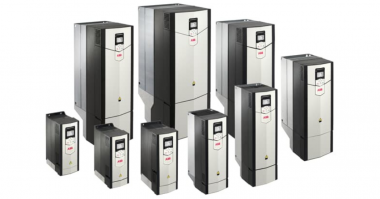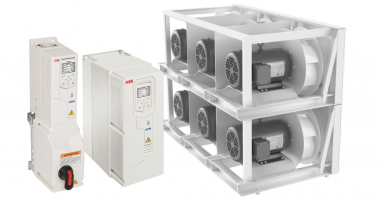When we look at our days, most of us spend most of our time inside buildings. Whether we’re at work in an office building or at home, operating these buildings uses energy. That makes buildings a great place to look when we want to find ways to reduce our energy consumption.
Moving to the city
Urbanization is one of the megatrends of our time and by 2050 it is predicted that 68% of the world’s population will live in cities. As a result, many cities around the world are building rapidly to accommodate their new inhabitants. This means that right now is a good time to reconsider how we design and operate buildings, and to choose more energy efficient designs and technologies for the future. Governments around the world are already legislating to direct things in a more sustainable direction and, for example, the European Union hopes to reduce the energy consumption of new buildings to close to zero.
So, what methods are available for reducing the energy consumption of buildings?
Buildings are responsible for over 30% of global energy consumption.
Read the white paper
Buildings are responsible for around 30% of global energy usage. Read the white paper and discover how smart technology can greatly increase energy efficiency.
Smarter building management
In addition to basic elements which can reduce the running costs of a building, such as good thermal insulation, modern buildings can benefit from building management systems. With these systems, the energy requirements of the building are automatically adjusted to adapt to the actual needs. For example, a building management system can turn off lights when no one is using a room. It can automatically reduce the air flow and heating in offices at the weekends, and even during lunch breaks. Or, in hot countries, it can automatically close the blinds when the windows are in the direct sun. By adapting to the actual needs, less energy is used. Considering that over 50% of a commercial building’s operating costs can come from running the HVACR systems, it makes good financial sense to make building systems smarter.
In a commercial building, over 50% of the operating costs can come from HVACR.
More efficient equipment control
Another way to reduce operating costs is to run the equipment in building systems more efficiently. For example, in older buildings, applications like HVAC fans and water pumps tend to have single speed motors that use valves, throttles and dampers to control flow. This means that the motors are running at full capacity all the time and doing unnecessary work. A better and more efficient option is control these motors with variable speed drives. With a drive, the motors can run at exactly the speed that is needed for each application and according to the actual load of the building, and they can operate faster or slower, as required. Again, this technology reduces energy consumption and cost by adapting to the actual energy needs of the motor and the building.
Variable speed drives can typically reduce energy consumption by 25%.
Whole system thinking
Once we start to look at the different ways energy is used and needed in buildings, we can quickly find individual areas that could be improved. However, it’s always important to look at the bigger picture and to consider how the power systems in the building are interrelated. When we view the system as a whole, it’s possible to find greater efficiency savings.
For example, using both building management systems and variable speed drives to control the HVAC would reduce energy consumption. But what about the fan motors? They are part of the system too and their efficiency should also be taken into account. If they are older IE3 motors, upgrading to more efficient IE5 motors would save yet more energy.
An IE5 synchronous reluctance motor can reduce losses by up to 40% compared to an IE3 induction motor.
Another example can be found in elevator systems. While the motors may already be highly efficient, adding regenerative braking would enable the building to recover electricity every time an elevator descended and stopped. Again this lowers overall energy use.
Even the quality of the power supply in a building matters. If there is a high level of harmonics in the building power supply, it can damage equipment and reduce efficiency. Technology like ABB’s ultra-low harmonic drives can protect motors from harmonic disturbance and improve overall system efficiency.
The digital future
In addition to urbanization, digitalization is another megatrend. Digital services will increasingly connect devices, equipment and buildings. These new services will make it possible to find new ways to optimize and improve building efficiency. For example, building management systems will not only be connected to information in the building, but also to information from the outside world. This will enable things like predictive management of heating and cooling needs according to the weather forecast, smart management of EV charging stations in the car park based on traffic data, and identifying opportunities for efficiency improvements throughout your property assets.
For building owners, the majority of a building’s costs come from operating it. And although investing in energy efficient technology does cost money, the energy and cost saved can pay back within a year or two. It’s not just environmentally friendly to make buildings more energy efficient, it’s better for your bottom line, too.




Comments